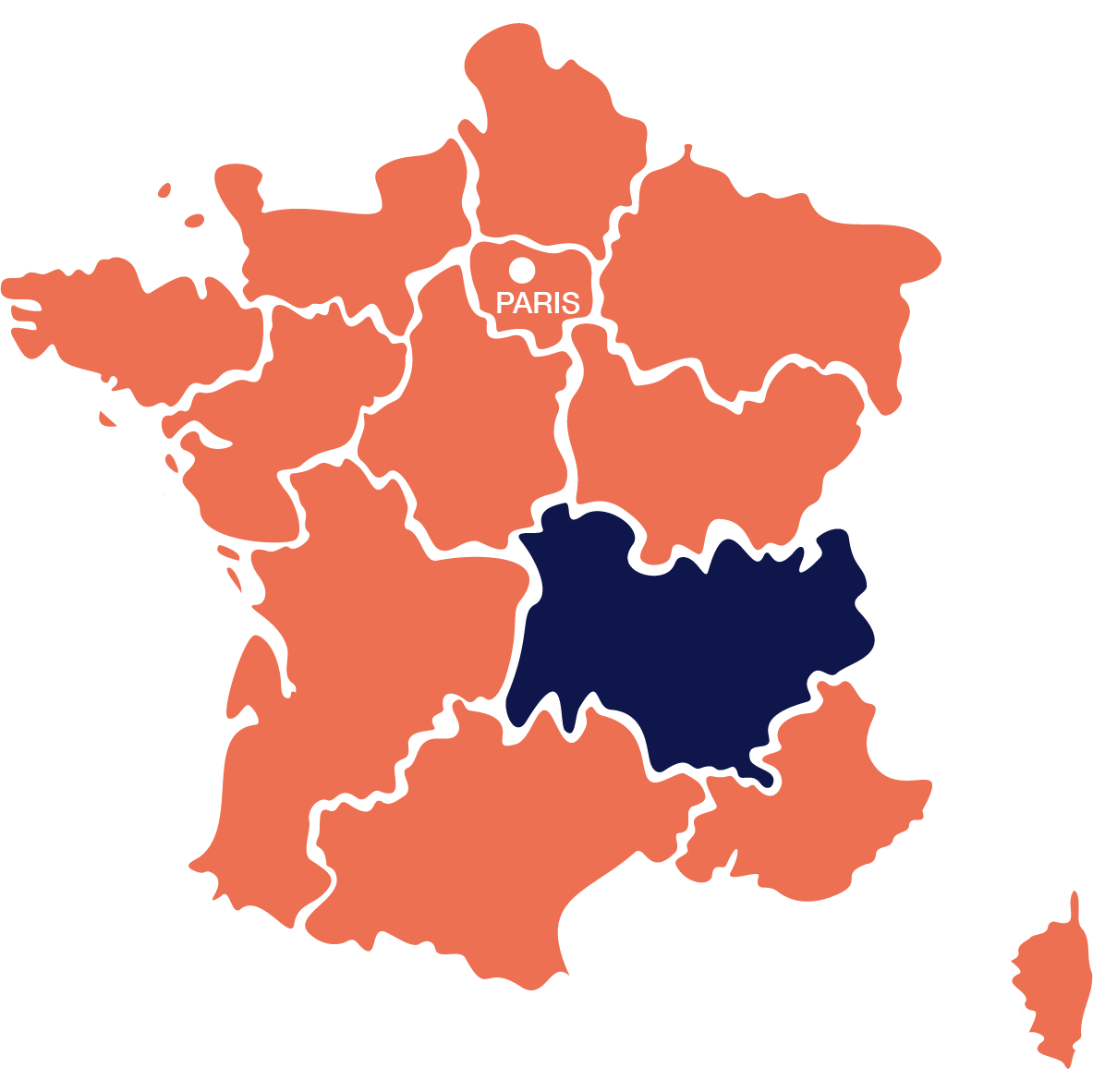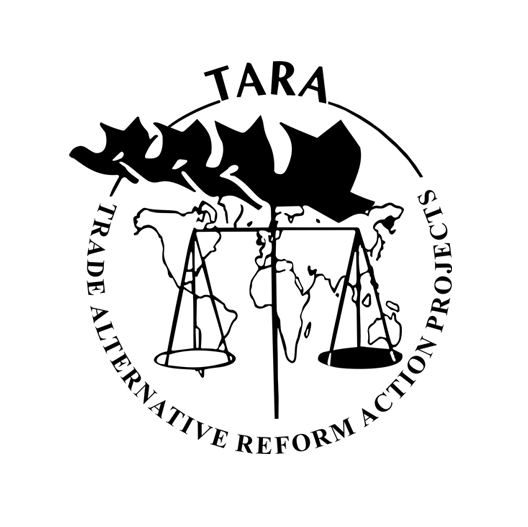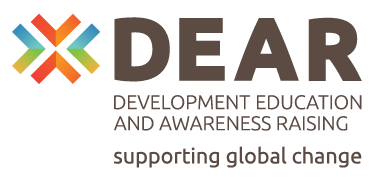FRANCE
Auvergne-Rhône-Alpes
Auvergne-Rhône-Alpes, a young region in eastern France
Auvergne-Rhône Alpes is one of the 13 regions of mainland France. Located in the east of the country, it shares borders with Switzerland and Italy. When one crosses it by car or by train, it is difficult to discern a common identity for it, as its landscapes are highly varied. The region is divided between the high mountains of the Alps to the East, the hills and extinct volcanoes of the Massif Central to the West, and crossed from North to South by the long Rhône valley.
Lyon, the region’s capital city, holds an ancient and prestigious history. However, many other cities of the region also hold high historical and cultural prestige in France.
The very existence of Auvergne-Rhône-Alpes, a region created in 2015, is controversial. Indeed, it united two regions with strong cultural and geographic identities: Auvergne in the west and Rhône-Alpes in the east. As a young and highly diverse region, it still has to find a common identity.

A region with an ancient and diverse history
The history of Auvergne and Rhône-Alpes dates back to ancient times. The Auvergne region was the political center of the Gallic peoples who controlled Western Europe, while the city of Lyon, established in the heart of the Rhone valley, was a major city of the Roman Empire. Both regions are therefore home to a very rich archaeological and cultural heritage.
Deeply intertwined with neighboring Switzerland and Italy, the Eastern side of Auvergne-Rhône-Alpes has always been a center of cultural and commercial exchanges, which strongly influenced is culture, architecture and crafts. For instance, the work of the Canuts, famed silk weavers from Lyon, would not have been possible without the arrival of these precious fabrics from Italy. Border towns like Annecy are renowned for their prosperity and their international cultural events.
With its 7,948,287 inhabitants in 2017, Auvergne-Rhône-Alpes is the second most populous region in France (just behind Île-de-France, the capital region), but its populations are unevenly distributed, with the Rhône Valley holding its densest population, reuniting the cities of Lyon, Saint-Étienne, Grenoble and Valence. Auvergne, a much more rural part of the region, still holds the big city of Clermont-Ferrand as its capital, which attracts a lively community of artists, professionals and students.
As everywhere else in France, linguistic diversity is rapidly disappearing in Auvergne-Rhône-Alpes, mainly due to the imposition of French language in public schools. While regional dialects die out fast, three of them are still identifiable: Occitan, Arpitan and Bourbonnais. Of those three, only Occitan and Arpitan are officially recognized by the region.
Adding to its ancient cultural legacy, the region’s cultural output is influenced by migrants in the region, attracted by its dynamic economy and coming from other countries in the European Union and abroad.
An ongoing search for unity
The unsavory name of "Auvergne-Rhône-Alpes" is testimony of its people’s difficulty to unite under a common history. Indeed, its name is merely the fusion of the names of the two regions that were united to create it: it was difficult to find a title that wouldn’t eclipse the deep specificities of both regions. Furthermore, there is a looming fear that the former Auvergne region will end up overshadowed by the more prosperous and populous oRhône-Alpes.
Despite this ongoing search for an identity, Auvergne-Rhône-Alpes remains a region that is much appreciated by the rest of France. The thermal towns of Auvergne and the ski resorts of the Alps, with their varied landmarks, attract countless tourists every year. And for many Frenchmen, the crossing of the Rhône valley is synonymous to the “holyday road”: the exhilarating journey towards the sunny shores of the Mediterranean.
It remains to be seen whether Auvergne-Rhône-Alpes will manage to find an identity that satisfies all of its inhabitants, as has been the case of several of the new regions of France.
Manuel-Antonio Monteagudo








